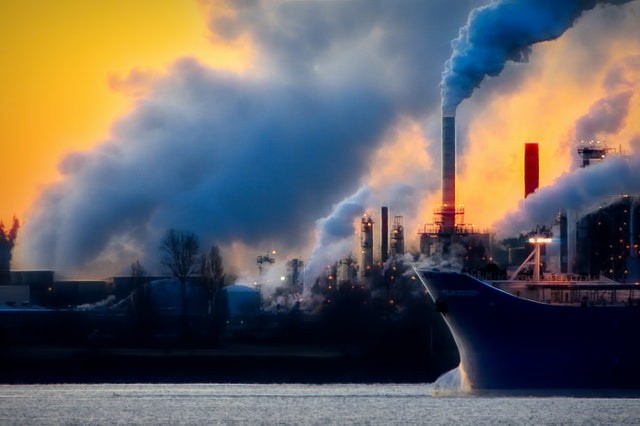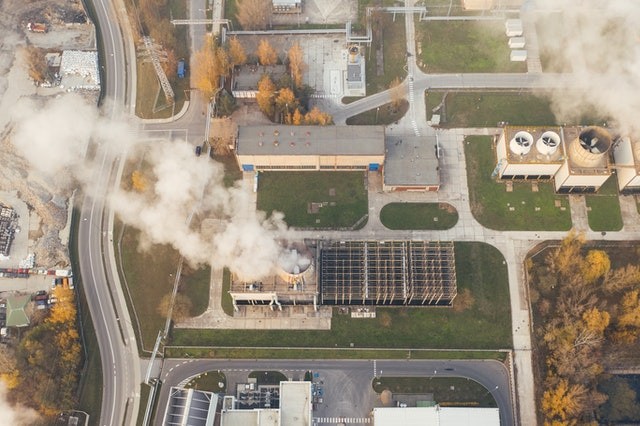According to scientists, despite a drop in pollution since the Covid pandemic, carbon dioxide concentrations in the atmosphere have reached new highs.

The new observations from Mauna Loa Observatory's long-running recording station in Hawaii indicate that global carbon dioxide levels are 50 percent higher than before the Industrial Revolution began in Britain.
Greenhouse Concentration

According to data published by the Scripps Institution of Oceanography at the University of California San Diego, greenhouse gas concentrations in the atmosphere reached 417.14 parts per million (ppm) in March, a new peak.
According to the UK Met Office, monthly carbon dioxide emissions, the biggest cause of rising temperatures and the climate crisis, are expected to peak in 2021 at about 419.5 parts per million.
In the Scripps dataset, the previous monthly carbon dioxide concentration record at Mauna Loa was 417.10ppm in May 2020.
The annual average figure for last year was 413.94ppm, with the figure for 2021 expected to be around 416.3ppm.
Carbon Dioxide in the Air

Carbon dioxide levels in the atmosphere fluctuate significantly over the year, with some being consumed by plants in the northern hemisphere throughout the spring and summer before rising again throughout the autumn and winter.
However, human activity, mainly by the combustion of fossil fuels and deforestation, is responsible for the long-term trend of increasing carbon dioxide concentrations, according to the Met Office.
Decrease in Global Emission

As a result of a downturn in transportation usage and economic activity due to the coronavirus pandemic, global emissions decreased briefly in 2020.
However, the 2020 pollution reductions were insufficient to significantly reduce carbon dioxide accumulation in the atmosphere, which continues to climb.
Immediate Action
The Met Office cautioned that even greater, longer-term reductions in pollution would be needed to delay or stop the increase.
According to projections from the UN's climate research agency, the Intergovernmental Panel on Climate Change, carbon pollution would need to hit net zero by about 2050, even earlier, to keep global warming below 1.5 degrees Celsius, after which the worst effects of increasing temperatures are anticipated.
To achieve net-zero, emissions must be reduced to as close to zero as possible, and measures such as tree planting must be taken to absorb any residual pollutants.
Prof Martin Siegert of Imperial College London's Grantham Institute commented on the latest results, saying that the current record high was entirely predictable.
"Emissions may have decreased, but we are also emitting a lot of carbon dioxide, which means that its atmospheric content is bound to rise - and may continue to grow until we reach net-zero emissions.
"The road to net zero is clear, difficult, and important - and we must move forward quickly," he added.
Pursuing Net-Zero
"It is easy to forget about how much and how quickly fossil fuel pollution impacts our planet," University College London professor Simon Lewis said.
"It took more than 200 years to raise carbon dioxide levels in the atmosphere by 25%, and then 30 years to hit 50% above pre-industrial levels. This drastic alteration is akin to a human meteorite colliding with the Earth."
"We will stop ever-rising pollution and the dangerously escalating impacts of climate change if governments make preparations now to set civilization on a road of sustained and drastic cuts in emissions beginning today," he said.
For more environmental news, don't forget to follow Nature World News!
© 2025 NatureWorldNews.com All rights reserved. Do not reproduce without permission.





